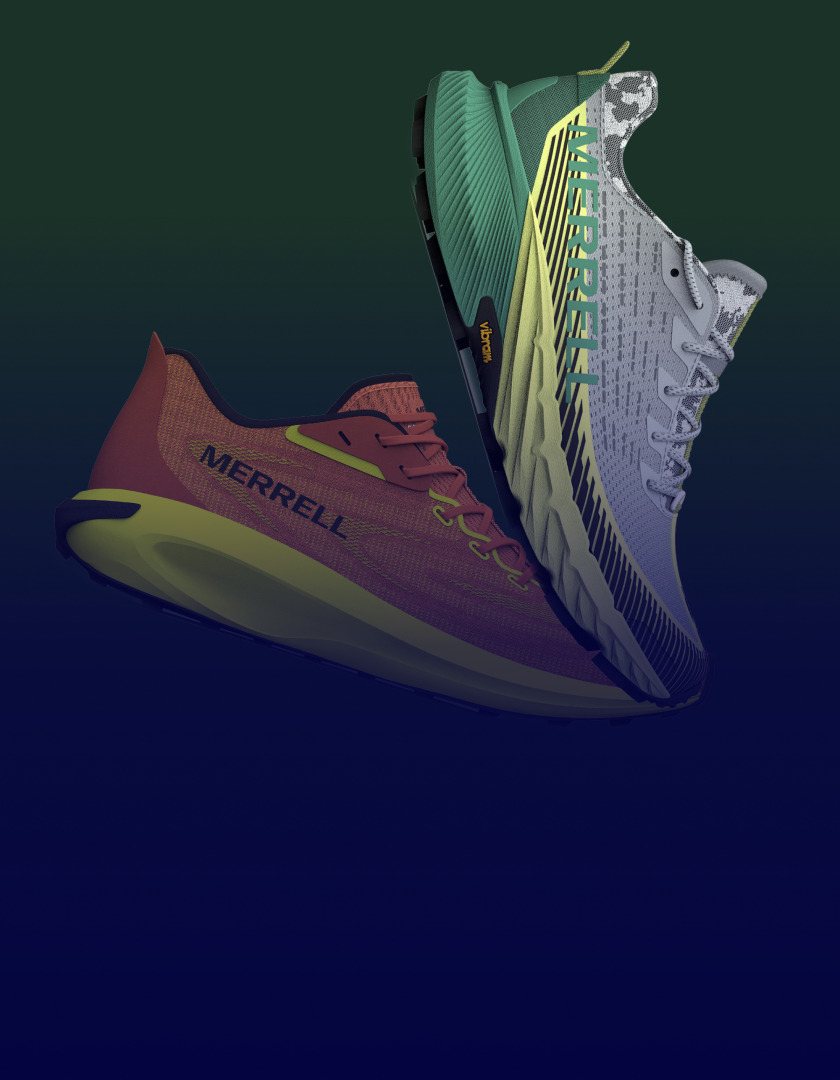We have about 3,000 SKUs a year and we have to provide up to 600 Excel sheets per product due to each customer requiring information in different templates and formats.”
Patrick Bartl, Head of Data & Platform Management at Ravensburger, highlights the complexity of Ravensburger’s product ecosystem. The company was struggling with a fragmented data management approach, with product information scattered across multiple Excel files and regional systems. “In the past, the subsidiary in Italy used a spreadsheet as their PIM. Then we had different systems in Germany, Europe and other countries,” Bartl explains. Today, product information is generated quickly in the required format. How did this come about?
Nearly 150 Years of Existence
Founded in 1883 as a publishing house and headquartered in Germany’s Swabian region, the Ravensburger Group unites three well-known brands with different focuses on the international toy market: Ravensburger, is a family-owned diversified book, games and media enterprise; The Swedish brand BRIO, known for its high-quality construction toys with a clear design, such as wooden trains; and the American brand Thinkfun, appreciated for its brain teasers and logic games. In 2023, the Ravensburger Group generated a total turnover of around 669 million euros with a dedicated workforce of over 2,400 employees.
Multiple Challenges
Ravensburger faced significant challenges in managing product information across 40 languages and 30 different websites. There was no standardized approach to product data management within the company. Instead, there was a complex network of different tools and methods. The Ravensburger team in the DACH region had long used publishing software from the former book publishing division instead of an ERP system, but this only offered very basic options for today’s product marketing.
The company also used Excel spreadsheets and custom-built interim solutions. Overall, the company’s data management was very manual. “We had to create Excel files for different retailers,” Bartl explains. “For example, when we want to list our products at Auto [a German retailer] or on Amazon, we need to provide comprehensive data files.” The process was time-consuming and error-prone, with listings taking 3-4 hours to prepare manually. With products ranging from simple 1,000-piece puzzles to complex board games, the company needed a robust solution to streamline data management.
This structure made it so there was no “single source of truth” with centralized, uniform and consistently managed data records to ensure high data quality and consistency across all platforms.
Selection Process
After a thorough six-month selection cycle and a pool of 30, Ravensburger selected Contentserv, now Centric PXM™, for its unique capabilities. “At the time, we chose Contentserv, now part of Centric Software, because the company is extremely technically strong at its core, flexible and fit our company culture,” Bartl says. “Centric PXM gives us the ability to create multiple export formats, is easy to maintain ourselves and can adapt to our changing business needs.”
Regarding Contentserv/Centric Software, Bartl says, “We deliberately looked for a partner at eye level with whom we could exchange ideas. As a medium-sized company with an international focus, Centric Software was a good fit for us. Not only on this level, of course, but also with the software: with a system that we can configure ourselves to a high degree and expand as required—quite simply with modules, without having to tinker with it ourselves.”
He talks about the importance of relationships. “With Centric Software, you can really create a long-term relationship. They take care of you, they’re not too large like some other companies where you’re nobody on their customer list.”
For a product listing, we had to copy all the different data into an Excel file. It took at least three, four hours for such a listing. Today with Centric PXM, it's a click and 2 – 3 minutes later, it's there.”
Transformation and Results
Implementation begin in mid-2019, starting with mapping all core processes from Ravensburger’s previous publishing software in the PIM solution, enabling a complete switch from the old system. The transition extended to the BRIO team and gradually the new system was integrated across all international subsidiaries.
The implementation of Centric PXM brought about immediate and dramatic improvements.
Those hours required to create a product listing? Bartl says, “For a product listing, we had to copy all the different data into an Excel file. It took at least three, four hours for such a listing. Today with Centric PXM, it’s a click and 2 – 3 minutes later, it’s there.” This is a 98% time savings. Bartl expands on that thought, “Each product required up to 600 Excel sheets due to every customer requiring different product templates. With Centric PXM, it is one central system where we can easily set up and run the exports to our customers in the required template and format that they need.”
The lack of a centralized repository for all product information was an issue, especially for a global company with product distribution across multiple countries. “We now have one single point of truth for all our product data,” Bartl states. “This centralization eliminates inconsistencies across different regional systems.”
In addition, Centric PXM makes information available to all who need it, when they need it. Bartl says, “We’ve created transparency in the company with Centric PXM … everyone can readily access the data they want.”
When asked to quantify how much workflows have improved, Bartl replies, “It’s not possible to measure the gain in efficiency we’ve had [due to Centric PXM] but It’s massive. Also, the data quality improved a lot because we have one single point of truth.”
The Possibilities
Ravensburger is now exploring AI integration to further streamline processes. “AI is a very important topic for us to create product information … it will change a lot of things about how we work in the system. We create multiple product descriptions/texts for e-commerce and product marketing sites in different countries and languages. If we could create those texts with AI in Centric PXM, it would be 95% ready … it’s a base that could save us so much time,” Bartl envisions.
“Automation leads to efficiency and transparency in a company,” He summarizes. “Centric PXM has transformed Ravensburger’s product information management, setting a new standard for operational excellence.”
New to Centric PLM? Learn more
Centric AI Fashion Inspiration Learn more
What is Centric Planning? Learn more
Demand Planning Learn more
Assortment Planning Learn more
Allocation and Replenishment Learn more
What is Centric Pricing & Inventory? Learn more
What is Centric Market Intelligence? Learn more
Centric Visual Boards Learn more















